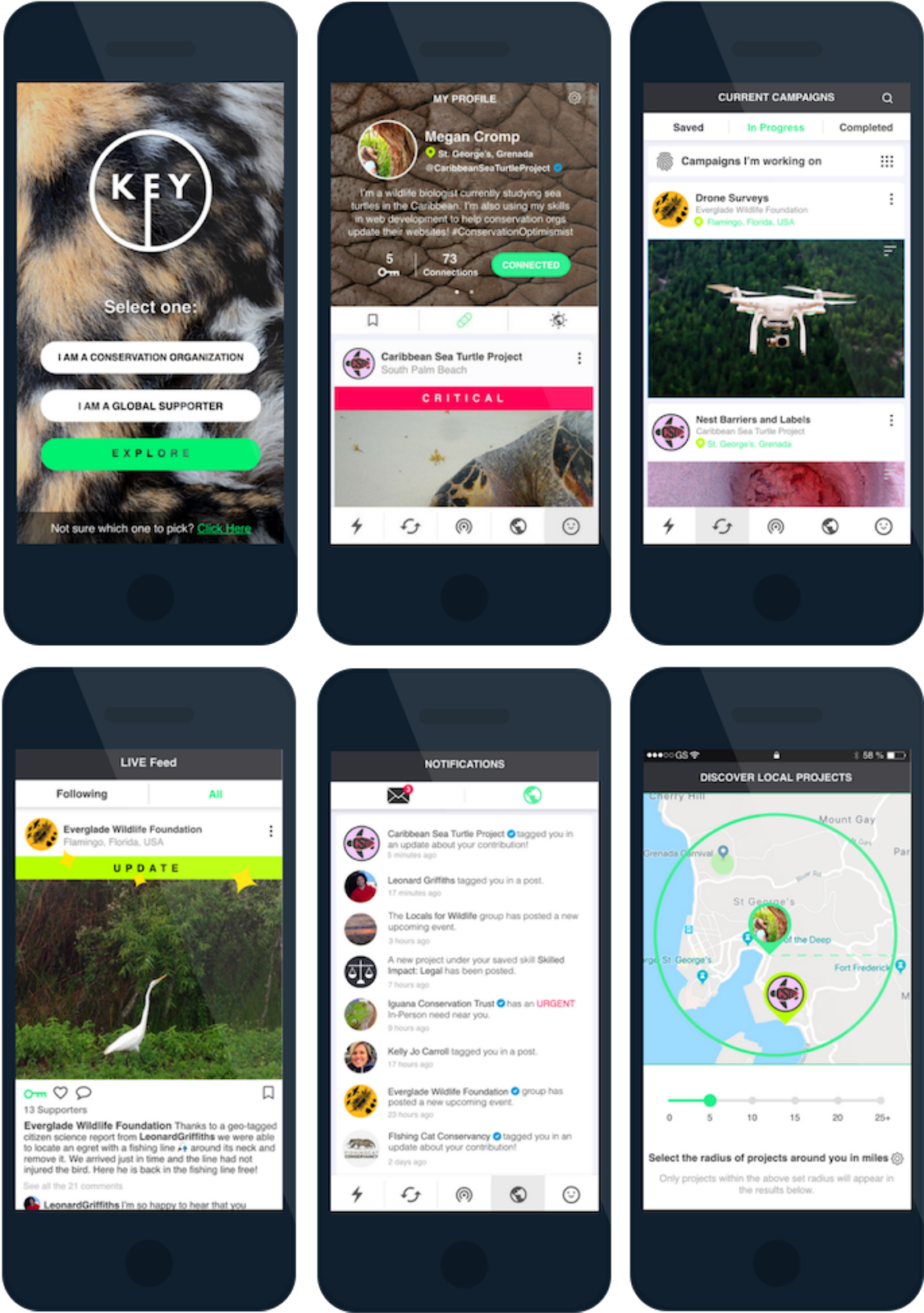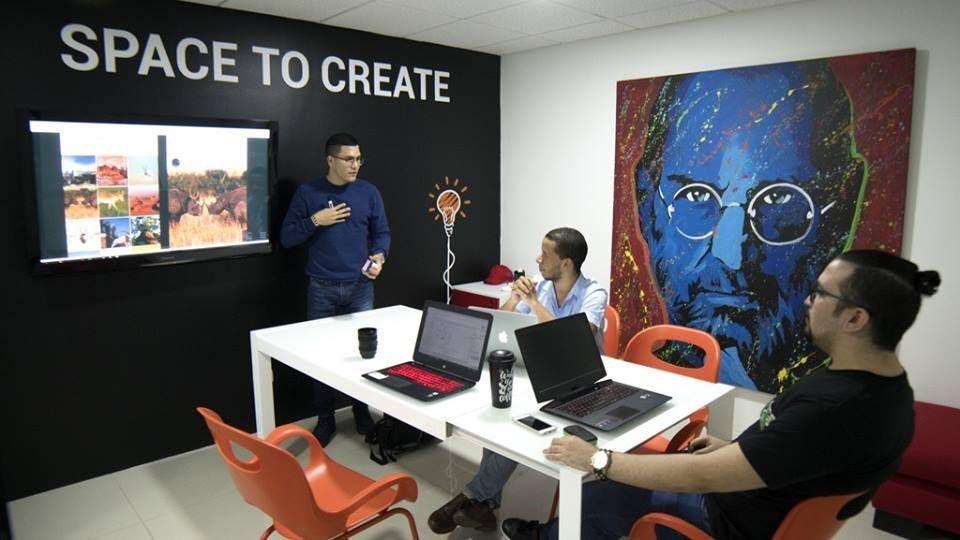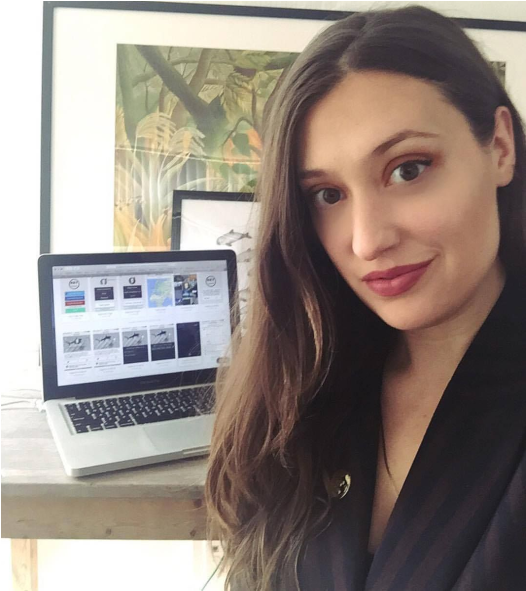What If
What if an underfunded and relatively unknown conservation organization could have real-time direct access to professional skills, in-person help, and funding on a global scale every single day? What if every individual was given easy, direct actions to take to help a conservation organization and could then see exactly where their support went and how it made a difference?
An Idea Forms
While in the Caribbean I was working on a sea turtle project that had a hotline that locals and tourists could call for emergencies pertaining to sea turtles. We received many different calls that required various levels of action but one call in particular, telling us about a nest that was about to be washed out to sea, changed everything for me.

The urgency was great but our patrol vehicle was out of gas, and we were out of funds for our project as well. Unable to call it a loss, my team and I pulled money together from our food stipends and paid for the gas needed to make the rescue. As always, we brought sea turtle t-shirts with us to try and sell to tourists so we could cover costs like these. It was on this car ride down to the nest that I was overcome with frustration. Everything felt backward. How were we barely scraping by when there were so many people around the world who absolutely adore sea turtles? How were we releasing these hatchlings to only an audience of 3 when there were tourists across the island who would have loved to be here to see them off? Why are we trying to save up for a drone to make better outreach videos when there are several individuals who not only have their own equipment but the desire and skills to help make the video possible?
As I continued my fieldwork, I noticed the pattern repeat. Every time it was a different species and a different location, but the story was always the same. I wondered, how is this disconnect still happening when there are tools available that allow us to do more and make more possible? During my time in the field, I encountered many conservationists fighting for species whose existence was forever teetering on the edge, with countless factors working against them. Unfortunately, I found that the morale amongst conservationists was often just as precarious as the species they were working so hard to protect.
The Solution and Process
Could we create something that would allow conservationists to work confidently, knowing that the world would be by their side in real-time when the unpredictable occurred? I decided that we could, and started designing the Key Conservation app. From a conservationist’s point of view, I asked myself: what would help us reach more people and gain more support so that we could spend more time on the important work we were doing in the field? The answer was clear: bring people from all over the world onto the front lines of conservation with us.
I started by identifying the gaps in support that kept most conservation organizations from moving out of what I like to call survival mode--the place where they are so focused on the daily mission of their work that they barely have time to do the critical things needed to keep their organization moving forward. I identified them in three main categories: funding, access to skilled individuals, and in-person support. I began building the app around this concept. Over the period of one year, I poured myself into the research, downloading over 50 existing apps, taking the features I liked and then building them into my design of what I lovingly called my Frankenstein app. During the evenings I taught myself how to create a UX/UI design and began bringing the app from paper to digital life.

The hardest part of this process was learning how to do everything from scratch, but finding the right development team was by far the most important. I interviewed many developers and received responses ranging from a quote of one million USD to create the app, to people asking for $5,000 just to give me a quote.
On top of this, some of the developers I spoke with seemed to have no connection to the projects that they were working on and finding a team that was passionate about our project was important to me. The quotes and feedback made me question whether making the app would even be possible. At the time, I was still learning to code and I had no idea what a fair cost was, so I sought advice from experts who steered me in the right direction. Not being afraid to ask questions and seek out advice saved me countless hours, as well as substantial money and heartache. I also learned very quickly that there will always be people who don’t understand what you are trying to do and will tell you that it is impossible. Luckily, I met the complete opposite when I was connected with Conservation X Labs via WILDLABS. They saw the potential of what we were working on right away and understood how our platform could tap into a global wealth of knowledge for conservation efforts. The investment of their time, money, and support came at a crucial moment that helped Key go from idea to reality.

Thanks to a friend, I was eventually connected with our current development team, who are based in Colombia. We were able to dive into development without hesitation. They were quick to point out that instead of raising funding for two native-based Android and iOS apps, we could build one app for both platforms under a relatively new platform called React Native. This changed everything. Not only were we able to save money by building for both iOS and Android at once, but moving forward it also meant that when we did updates or fixed bugs they would all take effect across both platforms at once.
The only downside was that we had to take my iOS-based design and tweak it to fit both iOS and Android screens, which required significant time and additional funds. With our development team established I was able to focus on developing partnerships with organizations like Conservation Optimism, who shared our focus on stories of hope from the field. Thanks to this partnership, the featured organization of each Conservation Optimism story will link back to the Key Conservation app so that supporters can easily continue to learn more about the organization, see what challenges they are currently facing, and find the tools to help in real-time.
We are now in the very exciting stage where the app is in development and we are bringing on our pilot projects and beta testers before we begin initial field testing within the coming months. We have a lot of hard work ahead and more funds to secure, but I am looking forward to answering the lingering question... what if we don’t give up, and we create something that empowers hope around the world?
About the Author
Megan Cromp is the founder and director of Key Conservation. She is a wildlife biologist who has worked on several wildlife and plant projects, including species that were extinct in the wild. Her passion lies in endangered species reintroduction work, learning new things, being creative and helping others go after their big goals. She is an optimist that believes through the utilization of technology, small contributions from individuals that are compounded can result in substantial impact and change.
Find her on Twitter: @MeganCromp, @KeyConservation


Add the first post in this thread.